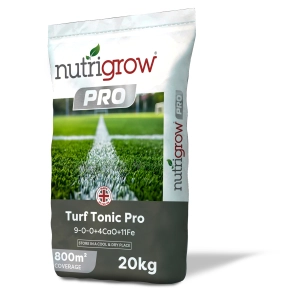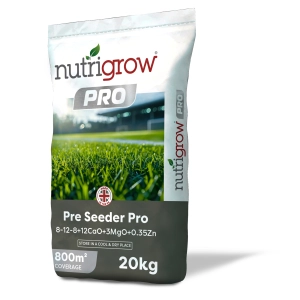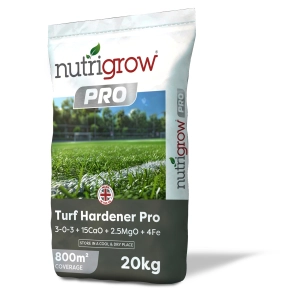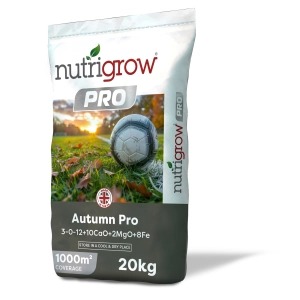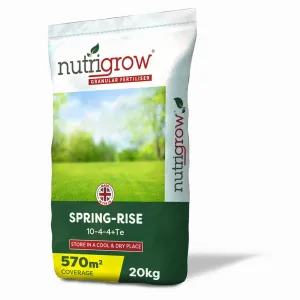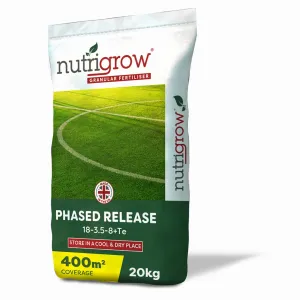Fertiliser is a crucial part of sports turf management – providing essential, targeted nutrition that will generate an excellent playing surface and allow the turf to recover from the stresses of play.
The sports turf management challenge
Getting the nutrition balance wrong however can result in turf that fails to thrive, is susceptible to disease, or requires too much mowing – all of which can have a significant impact on playability and management budget - and therefore affect the success of a sports club.
The nutrient needs of high-use turf are typically different to those required by lawn or amenity turf but are influenced by the condition of the soil.
It is important therefore to understand the nutrient levels present in pitch soil before determining a specific fertiliser type and regime.
In addition, where a sports field is on sandy soil, groundskeepers must apply fertiliser more frequently than those managing clay or loam soils.
A small investment in soil testing helps turf managers to create the right nutrition programme for their sports turf. This can save a club unnecessary spend on mitigating pesticide, weed, or fungicide treatments that may be necessary due to weakened grass.
Without an accurate high quality fertiliser programme, clubs can unfortunately expect higher renovation costs.
In summary then, getting the frequency, type, and volumes of turf nutrition wrong can have serious consequences – especially when used without accurate knowledge of the soil type, nutrient or pH levels.
Making the right choice for sports turf
Subject to a full soil analysis, turf managers and grounds teams will want to select turf nutrition that provides consistent results with sustained growth and an even turf response across the pitch.
They will also benefit from a range of nutrition products that can be used at critical stages like pre-seeding, and at critical times of year, especially spring and autumn when demand for nutrients is highest.
But there’s also the important matter of aesthetics. Spectators and players want to see a rich green pitch with the promise of a superior playing surface, so colour is an important consideration too.
Macro and micronutrients
Nitrogen plays a key role in turf nutrition. However, too much can promote unnecessary growth and can increase the risk of diseases like fusarium getting a hold. Reducing the levels of nitrogen at key times of year can help manage these risks.
Increasing phosphorous application during periods of seeding will help the grass generate strong roots. So look for a higher level of this particular nutrient in a pre-seeding fertiliser.
Potassium helps grass to build a strong cell structure to help with the additional wear placed on sports turf. Look for a higher potassium content in your autumn fertilisers.
Other macro nutrients like magnesium and calcium can benefit sandy turf soils that can be deficient.
Micronutrients like iron also need to be considered. Waterlogged, alkaline and sandy soils frequently lack sufficient levels of iron, with deficient turf manifesting as a weak yellow colour.
However, as we stated before, balance is critical – too much iron can blacken the grass, so select a well-considered balanced product, like Nutrigrow Turf Hardener Pro.
There will be obvious signs that your sports turf is in need of a nutrient boost, including discoloured, yellowing grass, slow growth, and the appearance of turf diseases like red thread.
At Agrigem, we have a team dedicated to supporting Sports Turf Managers and have developed a range of specialist nutrition products to sustain the needs of high-performing sports turf.
Take a look at our range of Pro Sports Turf Fertilisers or visit our sports turf website for more information.
If you would like a pitch soil analysis for your club, get in touch with our Sports Turf Account Manager Harry Glenn: harry.glenn@agrigem.co.uk




